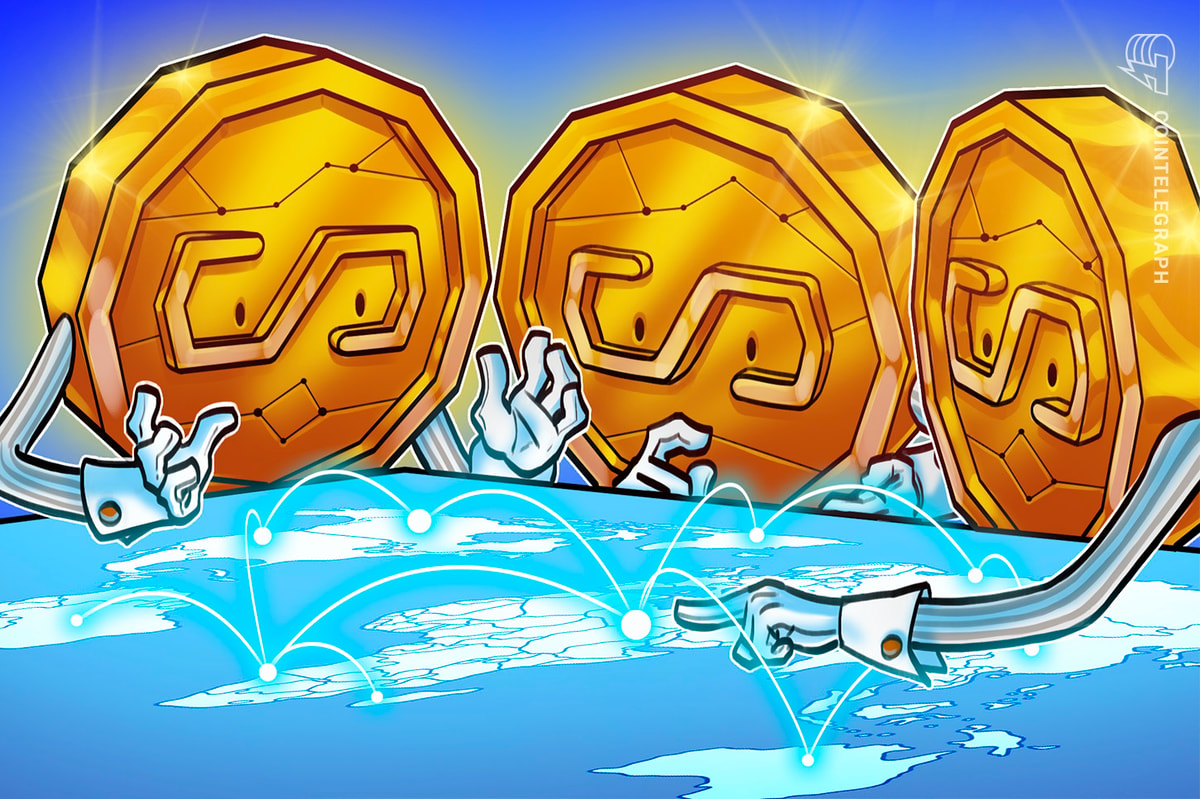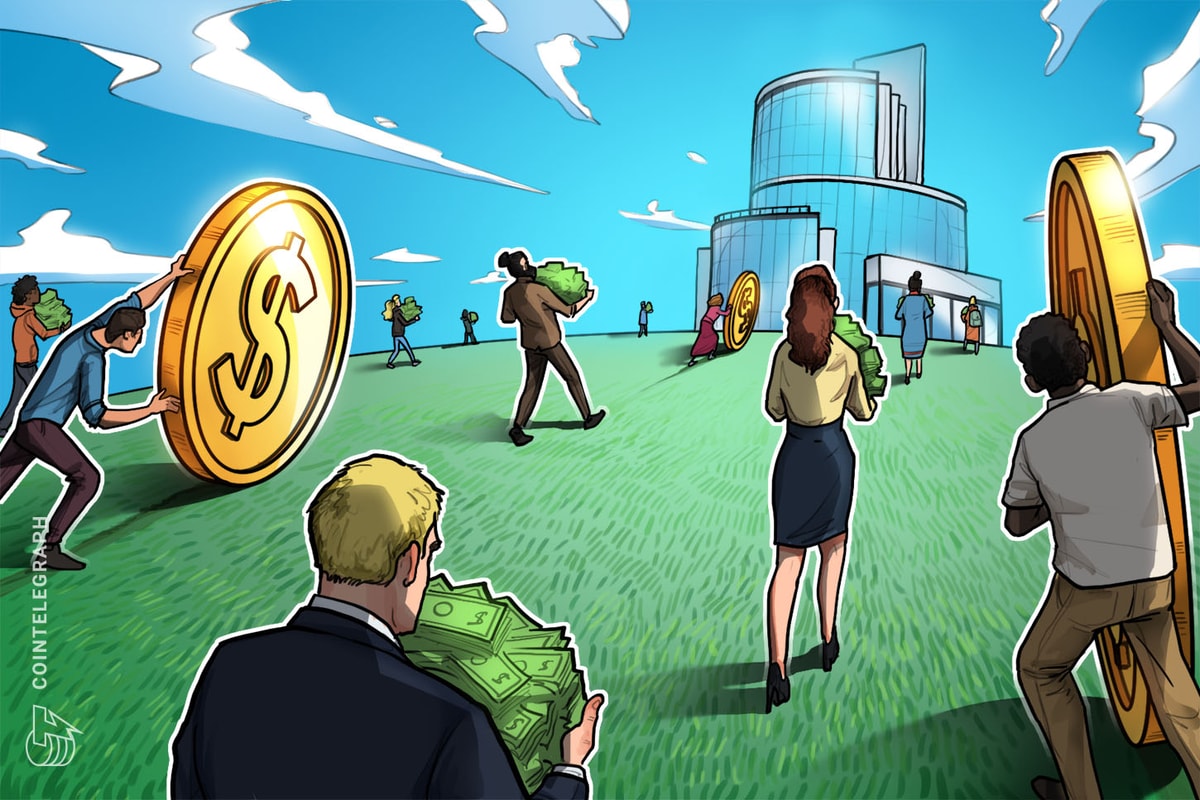The current crypto bear market has induced panic, fear and uncertainty in investors. The dire situation started when the global crypto market capitalization dropped below the $2 trillion mark in January 2022. Since then, the price of Bitcoin (BTC) has decreased by over 70% from its all-time high of $69,044.77, reached on Nov. 10, 2021. Similarly, the values of other major cryptocurrencies such as Ether (ETH), Solana (SOL), Avalanche (AVAX) and Dogecoin (DOGE) have decreased by around 90%.
So does history tell us anything about when the bear market will end? Let’s start by examining the causes of the 2022 bear market.
Catalysts of the 2022 bear market
There are several factors that caused the current bear run.
First off, the build-up to the bear market started in 2021. During this period, many regulatory authorities threatened to introduce stringent laws governing cryptocurrencies. This created fear and uncertainty in the market. For example, the U.S. Securities and Exchange Commission (SEC) issued a lawsuit against Ripple. China banned Bitcoin mining, resulting in most of its BTC miners having to relocate to other countries.
A global increase in inflation and rising interest rates instilled fear and uncertainty in the market resulting in lower crypto investment than expected. Although there is much publicity pertaining to the United States inflation and interest rate, other countries such as India have experienced similar challenges.
Notably, earlier this year the Federal Reserve announced that it was taking stringent measures to “accelerate tapering of monthly bond purchases." In other words, the United States planned to introduce measures that slow down its economy to control the ever-rising inflation in the country. The following graph shows the inflation trend from 2016 to 2022.

In effect, to reduce the rate of inflation, the Federal Reserve increased the Federal Funds rate two times during the year. This reduced the disposable income of U.S. residents, thereby dampening investment effort in risk assets like cryptocurrencies.

Crypto analysts believe that leverage was another primary cause of the current bear market. Leverage entails pledging a small amount of money as collateral to borrow a large amount for investing. In this case, investors borrow from exchanges to finance their investments in the market.
The downside of leverage is that once the price of an asset begins to fall, the trading positions liquidate, resulting in a cascading crash of cryptocurrency prices. This lowers investor confidence and tends to inject fear and uncertainty in the market.
Whereas traditional markets have circuit breakers and protections, this is not the case for the crypto market. Take, for example, the recent collapse of Terra Luna — formerly known as Terra Classic (LUNC) — and its UST stablecoin. Within the same period, several other crypto firms such as Celsius and Three Arrows Capital and Voyager Capital filed for bankruptcy.
Signs that the bear market is nearing an end
Analysts study market cycles to predict when a bear market will come to an end. Generally, market cycles include four phases: accumulation, markup, distribution and a mark-down. For Bitcoin, the market cycle occurs over four years or 1,275 days. The last phase usually relates to the bear market.

According to Grayscale, the crypto bear market commences when the realized price of Bitcoin surpasses its market price. Grayscale defines realized price as:
“The sum of all assets at their purchase price or realized market capitalization, divided by the market capitalization of the asset, which provides a measure of how many positions are in or out of profit.”
The realized price of BTC surpassed the market price on June 13, 2022. The table below shows the prices of Bitcoin when its market price was greater than the realized one.

It is interesting to note that by July 12, the cycle had completed 1,198 days. Since the entire cycle takes 1,725, it means that by that date there were four months until the realized price would cross above the BTC market price.
However, at the end of the four months, Bitcoin would need another 222 days to reach its previous all-time high. What this means is that from July, it would take a total of five to six months for the bear market to end. The graph summarizes the expected trajectory of the current crypto cycle.

If the current market cycle takes a similar structure as the 2012 and the 2016 cycles, and if Grayscale’s findings are accurate, then the bear market could end between November 2022 and December 2022.
Related: Why is the crypto market down today?
How long Bitcoin traders expect the bear market to last
Bitcoin maximalists tend to look toward the Bitcoin halving as an indicator to predict the next bull run. Examining history, Bitcoin has formed a peak within 18 months of each Bitcoin block reward halving.

In the past, Bitcoin halving preceded the past crypto bull run as indicated in the above graph. So BTC maxis that contend the halving schedule directly impact the bullish or bearish nature of Bitcoin, might be correct.

The 2022 bear market is unique due to several reasons. First, key macroeconomic variables such as high interest rates and soaring inflation increased its impact. As well, the Terra Luna crash and a high leverage throughout the entire crypto ecosystem contributed to the onset of a bear run.
Remarkably, it is the first bear market where there is a correlation between the stock market and Bitcoin, with a correlation rate of over 0.6 in July 2022, according to Coin Metrics data. Next, it is the first time that the value of BTC has fallen below the previous cycle peak. In this context, the value of BTC fell below $17,600.

The contrasting situations between the 2021 crypto bull run and the 2022 bear market have baffled crypto investors. Analysts believe that the current bear market will end between November and December 2022, with a possible bull run expected at the end of 2024 to early 2025.
The views and opinions expressed here are solely those of the author and do not necessarily reflect the views of Cointelegraph.com. Every investment and trading move involves risk, you should conduct your own research when making a decision.










